van Keulen, Susan, United States Magistrate Judge
v.
GOOGLE LLC, Defendant
ORDER ON ADMINISTRATIVE MOTIONS FOR LEAVE TO FILE UNDER SEAL
Dkt. Nos. 614, 623, 655, 682, 695, 707, 732, 734, 797, 809, 815, 827, 833, 843, 848, 857, 892, 893
As directed by the Court (see Dkt. 902), Google has submitted an omnibus proposed order (Dkt. 915) in connection with pending motions to file under seal materials associated with Plaintiffs’ Motion for Additional Discovery Sanctions and Google’s Motion to Deprecate (the “Motions to Seal”). Dkts. 614, 623, 655, 682, 695, 707, 732, 734, 797, 809, 815, 827, 833, 843, 848, 857, 892, 893.
Courts recognize a “general right to inspect and copy public records and documents, including judicial records and documents.” Kamakana v. City & Cnty. Of Honolulu, 447 F.3d 1172, 1178 (9th Cir. 2006) (quoting Nixon v. Warner Communs., Inc., 435 U.S. 589, 597 & n.7 (1978)). A request to seal court records therefore starts with a “strong presumption in favor of access.” Kamakana, 447 F.3d at 1178 (quoting Foltz v. State Farm Mut. Auto. Ins. Co., 331 F.3d 1122, 1135 (9th Cir. 2003)). The standard for overcoming the presumption of public access to court records depends on the purpose for which the records are filed with the court. A party seeking to seal court records relating to motions that are “more than tangentially related to the underlying cause of action” must demonstrate “compelling reasons” that support secrecy. Ctr. For Auto Safety v. Chrysler Grp., 809 F.3d 1092, 1099 (9th Cir. 2016). For records attached to motions that re “not related, or only tangentially related, to the merits of the case,” the lower “good cause” standard of Rule 26(c) applies. Id.; see also Kamakana, 447 F.3d at 1179. A party moving to seal court records must also comply with the procedures established by Civil Local Rule 79-5.
Here, the “good cause” standard applies because the information the parties seek to seal
was submitted to the Court in connection with discovery-related motions, rather than a motion that
concerns the merits of the case. The Court may reach different conclusions regarding sealing
these documents under different standards or in a different context. Having considered the
Motions to Seal, supporting declarations, and the pleadings on file, and good cause appearing, the
Court ORDERS as follows:






























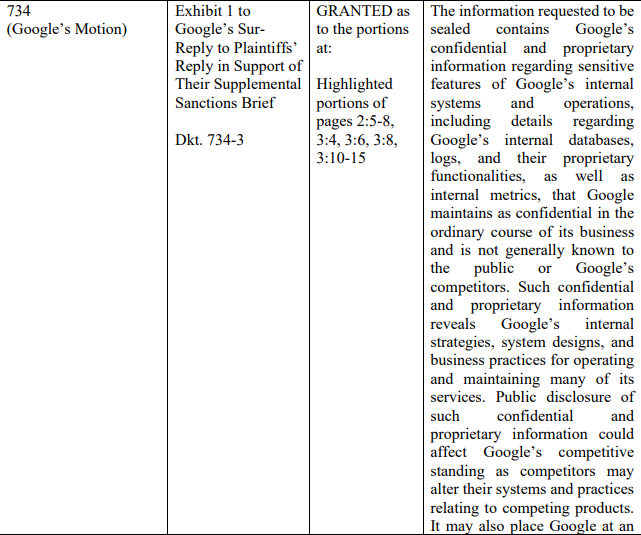




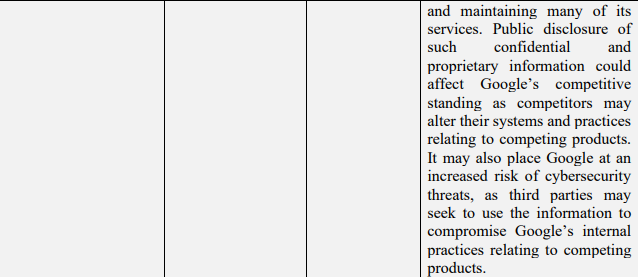
















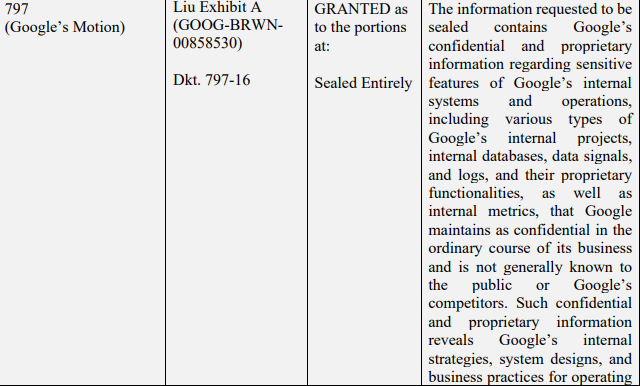








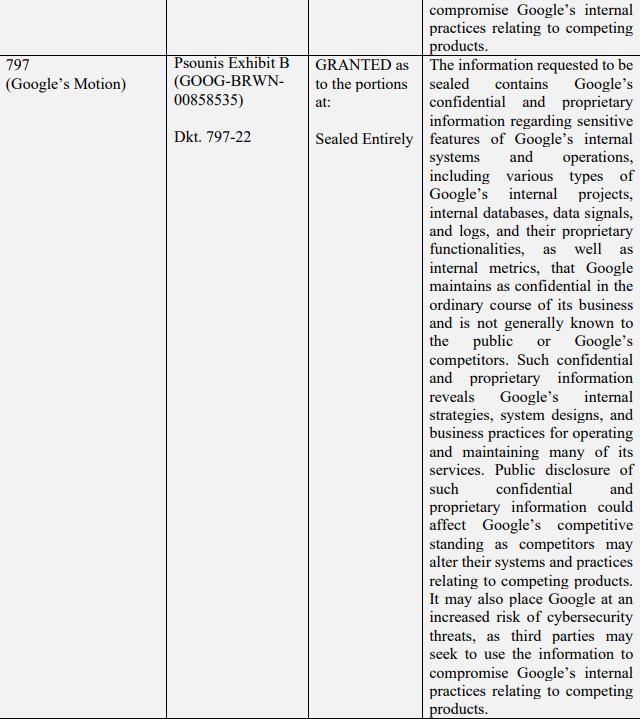


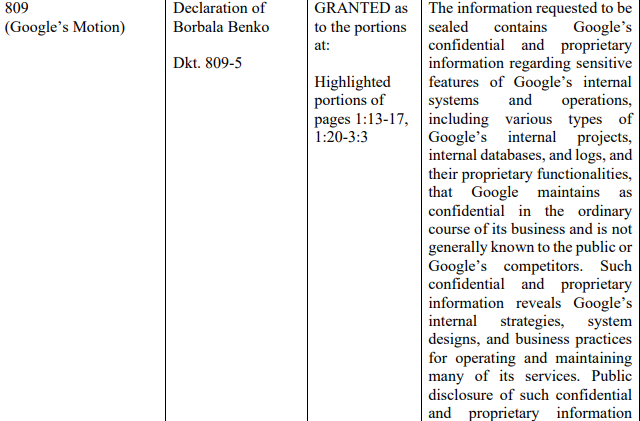




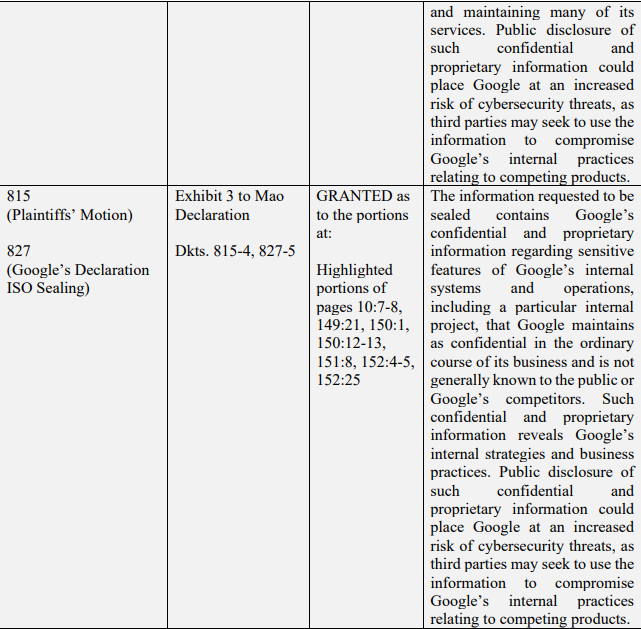






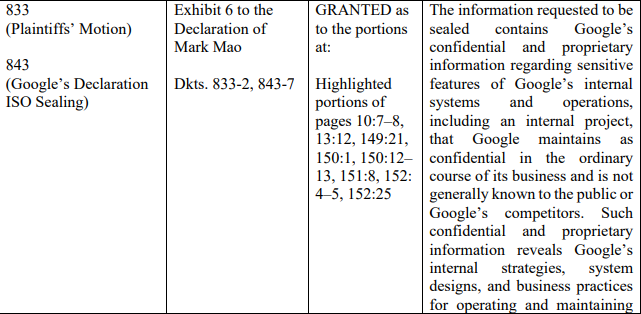





































SO ORDERED.